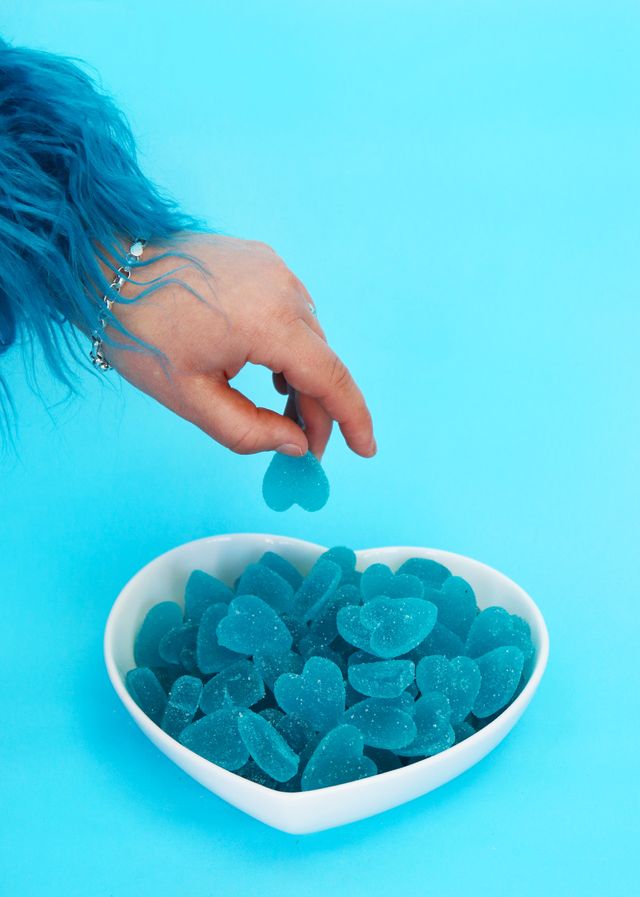Who doesn't love a sweet treat? From chewy gummies to tangy sour candies, sweets have a special place in our hearts and taste buds. But beyond the sugary delight, sweets also have rich and intriguing histories that span centuries and continents. Have you ever wondered how jelly beans became a part of the Civil War or what sweets astronauts enjoyed in space? Join us on a journey through time as we explore some fascinating facts about your favorite candies. Whether you're a candy connoisseur or just have a sweet tooth, these stories are sure to surprise and delight you. Let's dive into the sweet world of candy history!
1. Civil War Jelly Beans
Jelly beans have a surprising connection to American history. During the 1860s, they were first used as gifts for Civil War soldiers. The earliest known advertisement for jelly beans dates back to 1861, where they were marketed as the perfect gifts for soldiers needing a morale boost. These sweet treats provided a small comfort and a taste of home to those fighting in the war.
2. Ancient Origins of Sour Sweets
Sour sweets have a history that stretches back thousands of years. In Ancient Greece, people combined honey and lemon juice to create mouth-puckering sensations. They experimented with various combinations of honey, lemon, and other citrus fruits to achieve that distinct sour taste. This early exploration laid the groundwork for the diverse range of sour candies we enjoy today.
3. Sweets in Space
In 1983, jelly beans became a part of space history. During the Challenger shuttle mission, astronauts were treated to jelly beans, a gift from President Ronald Reagan, who was known for his love of these colorful candies. This thoughtful gesture resulted in charming footage of astronauts tossing jelly beans in zero gravity and enjoying them, adding a bit of fun to their space journey.
4. The Science of Sour Sweets
The tangy taste of sour sweets is due to their low pH levels. The pH level, which measures acidity, ranges from 1 to 14 on a logarithmic scale, with lower numbers indicating higher acidity. Sour candies typically have a low pH, which triggers our taste buds to react and create that distinctive tart flavor. It's this scientific principle that makes sour sweets so uniquely enjoyable.
5. The Origin of Gummy Sweets
The beloved gummy candy has its origins in Germany in the 1920s. The first gummy candy was shaped like a bear and was called "Gummibärchen," which means "little gum bear" in German. This creation sparked a gummy candy revolution, leading to the wide variety of gummy shapes and flavours that we see on shelves around the world today
6. Victorian Era Sweets
Confectionaries were originally created for medicinal purposes, but as refined sugar became more accessible, they transformed into sweets. Popular Victorian sweets included comfits (sugar-coated nuts) and confits (candied fruit). These treats were quite different from the sweets we enjoy today, highlighting the evolution of candy over time.
7. Is Eating Sweets Healthy?!
Surprisingly, eating sweets might have some health benefits. A study conducted in 2011 showed that people with a sweet tooth who ate chocolate and sweets had a lower BMI and a 14% lower risk of elevated blood pressure. Scientists are not entirely sure why this is the case, but it's a delightful finding for candy lovers everywhere.
From ancient Greece to modern space missions, sweets have played fascinating roles in history. Whether boosting soldiers' morale, delighting astronauts, or simply satisfying our cravings, these sugary treats continue to bring joy across the ages




